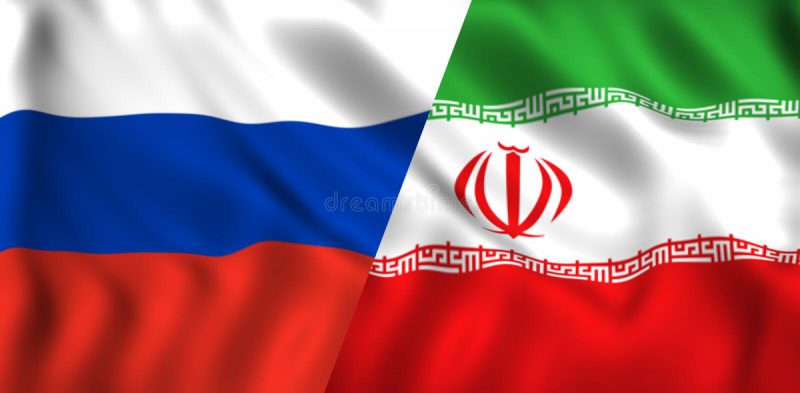In line with the ongoing steps of BRICS nations to reduce reliance on the U.S. dollar, several governments have been changing their currency preferences. As part of this trend, Russia and Iran have made the decision to exclude the U.S. dollar. This is with regard to their bilateral trade settlements while waiting for the introduction of a BRICS currency. This planned move aligns with their efforts to diversify and explore alternative currencies for conducting trade between the two nations.
As per Russian Deputy Prime Minister, Alexander Novak, about 80% of trade transactions between Russia and Iran are carried out using their national currencies. This implies that the Russian ruble and Iranian rial are utilized for trade settlements between them. Novak further indicated that there are discussions about the potential addition of the Chinese yuan as another currency option. This shows that actions taken to reduce dependence on the U.S. dollar in bilateral trade between Russia and Iran. Novak added,
“We discussed these issues in great detail today, and both the Ministry of Finance and the Bank of Russia were present, as were our Iranian counterparts. I believe approximately 80% of our mutual settlements are in national currencies: rials and rubles.”
Where does the Euro stand amidst Russia-Iran trade?
BRICS represents Brazil, Russia, India, China, and South Africa. Therefore, it comes as no surprise that Russia is considering the addition of the yuan for trade settlements. However, Novak said that other currencies like the euro have little chance in this regard. The combined usage of the euro and the U.S. dollar in Russia-Iran trade transactions amounts to less than 20%. Novak emphasized the positive results from deliberate endeavors to shift towards national currencies, stating that the progress made in this transition has been promising. He said,
“The work that was purposefully carried out in order to switch to national currencies has its results.”





